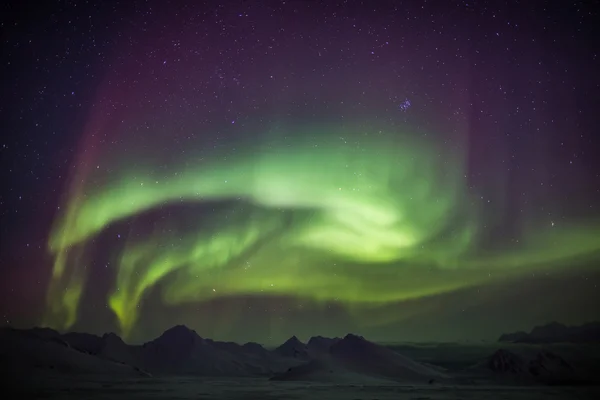
What could create stunning, spiral cavities in clouds above one of the world’s most remote volcanic islands? Not science fiction short of appearance, a fantastic atmospheric dance in high-definition from space. von Kármán vortices are the phenomenon, a marvel and insight into the subtle interaction of wind, terrain, and weather.
Satellites photographed ten dramatic “dark voids” flowing off Heard Island, a far-off Australian isle in the southern Indian Ocean, during January 2025. They weren’t cloud holes. They were strangely angular, curling, and most interestingly interrupted by an abrupt shift of direction halfway along. Scientists say these types of patterns are not common, and their origins reveal a great deal about what drives our world’s skies.
This collection eliminates the science, geography, and meteorology that exists surrounding these marvelous structures, based on decades of observation and the latest satellite imagery.

1. The Remote Stage: Heard Island’s Extreme Isolation
Heard Island is about 1,500 kilometers north of Antarctica and surrounded by the frozen waters of the southern Indian Ocean. With a surface area as small as 368 square kilometers, it does not have any human inhabitants but is home to wildlife that stretches from seabirds to seals. The reason that it is so isolated and has such a poor climate is that it is not an overly frequent destination to visit, so satellite imagery is the primary field of research of its ecosystem.
Dominant in the center of the island is Mawson Peak, a 2,700-meter active ice-covered volcano. This geological landmark is greater than a marker of land it is the source of the atmospheric anomalies that generate von Kármán vortices. The combination of spectacular topography and the position of the island in the way of high-energy westerlies makes it an ideal natural laboratory in which to explore these patterns.
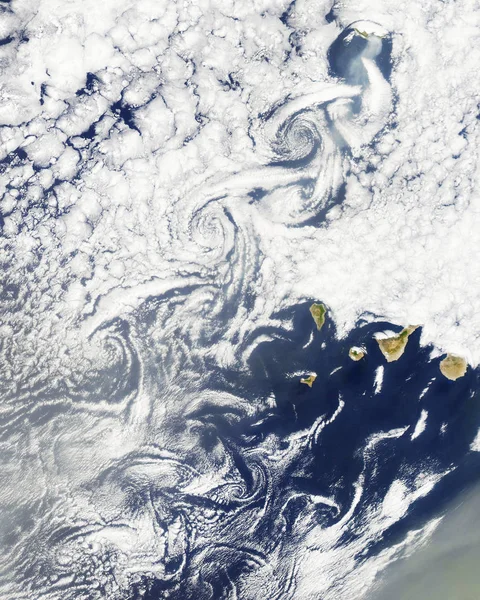
2. The Von Kármán Science of Vortices
They are credited to Hungarian-American physicist Theodore von Kármán. They are created when a fluid, water or air, travels over a solid surface. Flow splits and bends around in a whirl, depositing a stream of arcing eddies. Clouds deposit their swirls in the air, tracing otherwise invisible streams of air.
As the National Oceanic and Atmospheric Administration discovered, the outcome is “a double row of vortices which alternate their direction of rotation.” They are visible from space whenever wind meets solitary landmasses, either Guadalupe Island off Mexico or the Canary Islands in the Atlantic.

3. A Rare Twist: The 90-Degree Bend
Vortex streets lie in unbroken, parallel straight lines in most cases. The Heard Island formation curved abruptly, however almost 90 degrees midway through its path. NASA’s Earth Observatory attributes it to a brief burst of the Furious Fifties, the region’s notorious westerly winds that can blow at 80 kilometers an hour or more.
These sudden, sharp changes of direction are atypical and demonstrate the transience of weather patterns and how they can differ even on vast scales of atmospheric movement. Curvature also indicates sensitivity towards changes in direction and velocity of wind when vortices form.
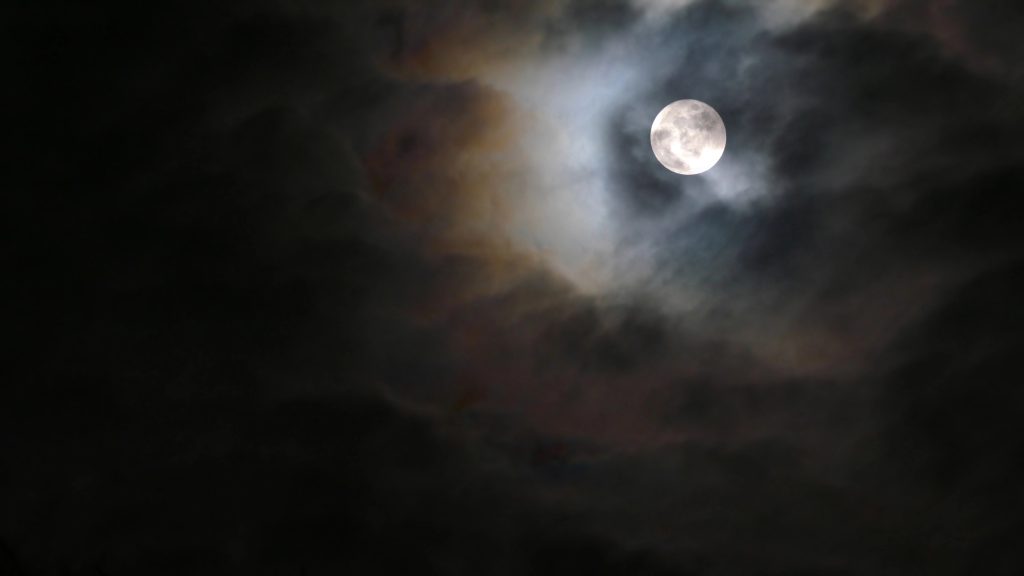
4. From Wisps to Dark Voids
Typically, von Kármán vortices appear as wispy cloud-like swirls. The 2025 Heard Island occurrence, however, produced dark, tight gaps each approximately 13 kilometers wide that devastated the cloud layer. This was possibly due to extremely dense clouds that were broken only at the centers of the vortices.
Due to the dark color, cloud darkness could also result from droplet accumulation, which increases the light absorption. In this case, the dense layer of the cloud deck increased the value contrast, and the hollows looked especially vividly in satellite images.
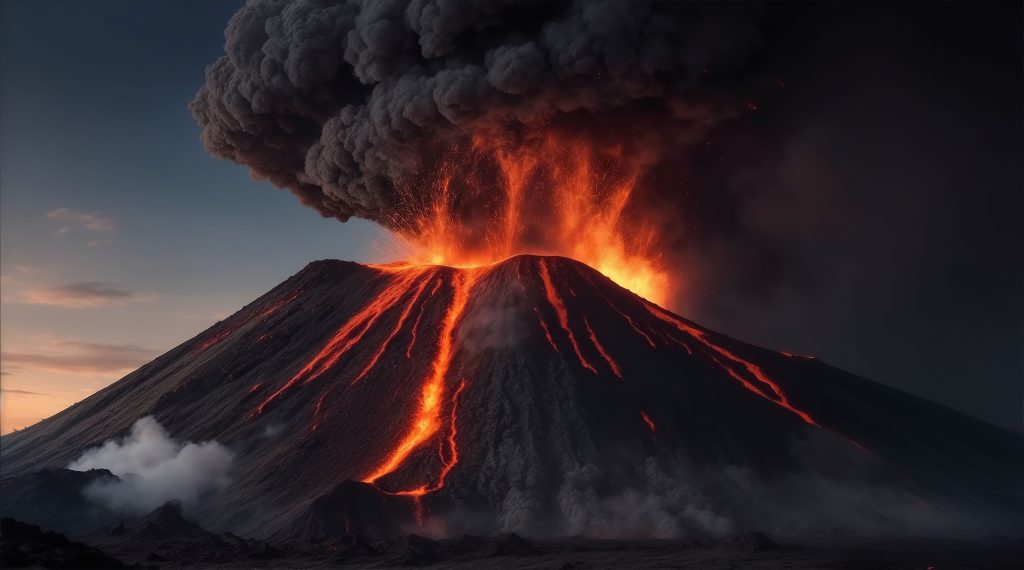
5. The Role of Mawson Peak’s Volcano
Volcanoes may influence cloud behavior quantitatively but subtly. While no suggestion is made that the Mawson Peak emissions created the dark cavities alone, vortices require a high topography to be created. Volcanic aerosols elsewhere, such as in the South Sandwich Islands, have been found to be able to brighten clouds through the Twomey effect.
University of Maryland’s Santiago Gassó describes how “clouds with extra particles from volcanic emissions have more and smaller cloud droplets… and render volcanically ‘contaminated’ clouds whiter.” Although Heard Island’s case was growing darker, rather than brighter, the same principle demonstrates how volcanoes can modify the microphysics of clouds.
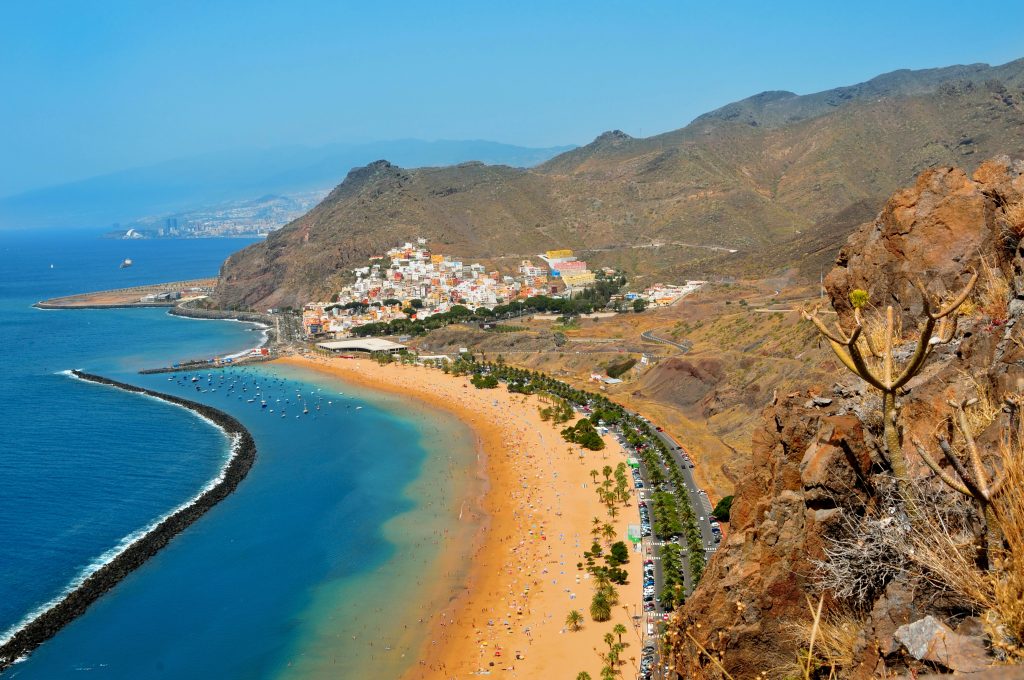
6. A Global Phenomenon with Local Signatures
Von Kármán vortices are no singular phenomenon in the Southern Ocean. They have been identified off Baja California, the Canary Islands, and Tristan da Cunha. Each of these gives rise to its own variety, depending on local winds, island shape, and atmospheric stability.
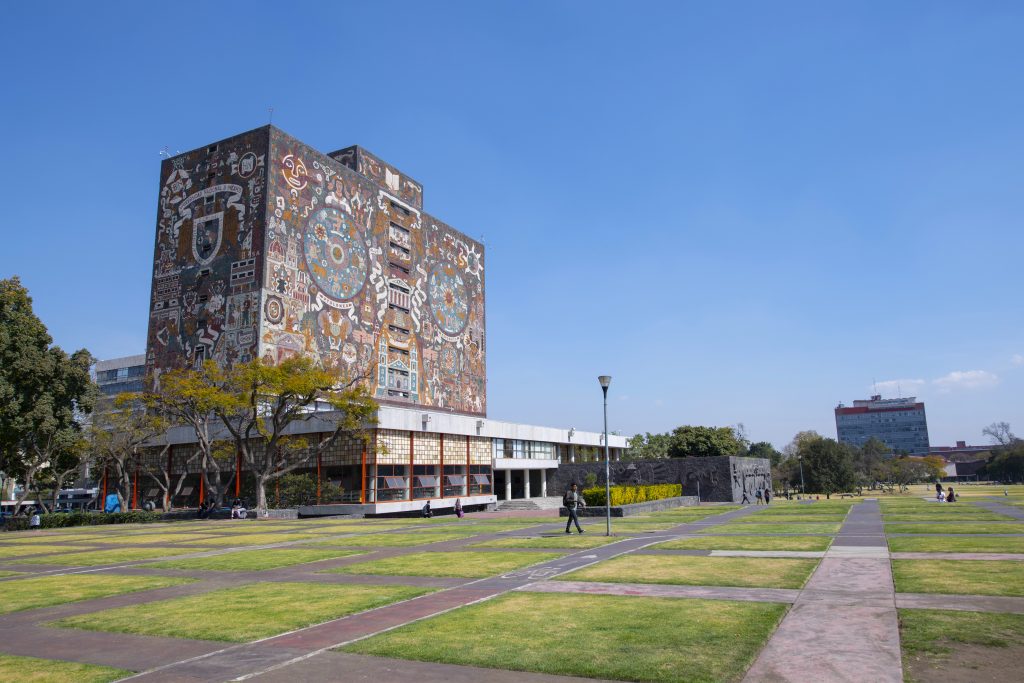
Carlos Torres of Autonomous University of Baja California explains how “the swirl pattern is a function of wind strength,” and they change shape seasonally. The exceptional sharpness and twisting of Heard Island vortices make them unique in the world’s record.
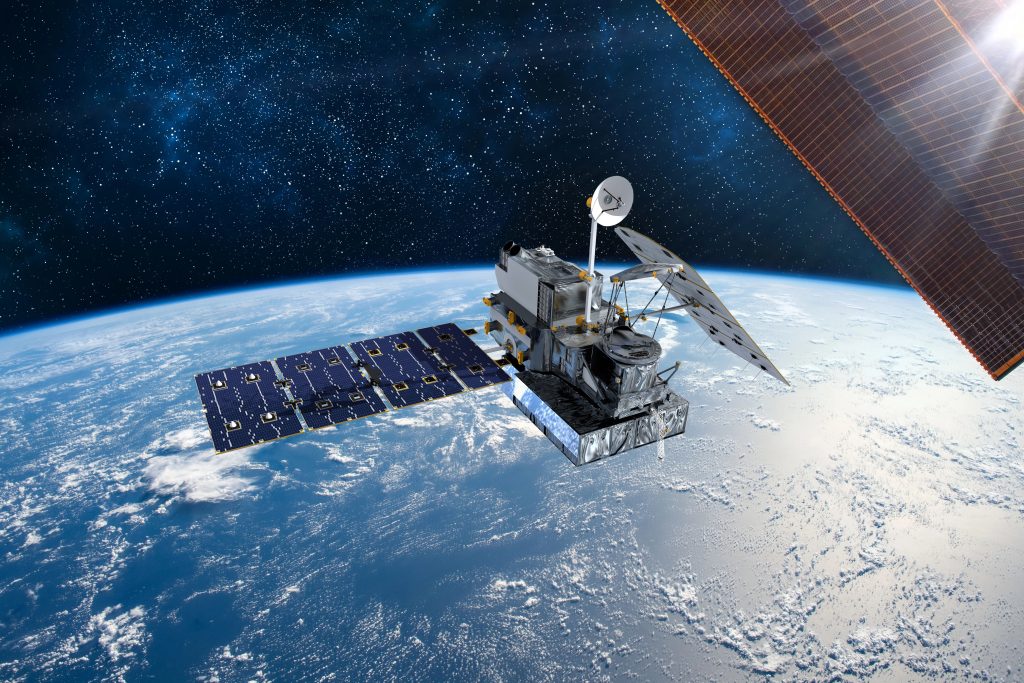
7. Satellites: Eyes on the Sky
To record such fleeting patterns, there need to be advanced satellite sensors. Equipment like the Visible Infrared Imaging Radiometer Suite (VIIRS) and the Operational Land Imager (OLI) can pick up subtle variations in cloud shape and drift. Merging visible and thermal channels enables researchers to enhance contrast between clouds, land, and ocean.

Such images not only document abnormal events but also aid scientists in formulating improved theories of atmospheric circulation. In remote regions such as Heard Island, Antarctica, where in-situ measurements are unfeasible, satellites provide the only high-resolution data available.
The dark holes over Heard Island are bigger than a photographer’s wet dream they are a dynamic demonstration of the dynamism of the atmosphere. With cloud, topography, and wind in interaction, even the distant reaches of the Earth can create moments of outstanding attractiveness as well as scientific interest. As satellites monitor, they will surely reveal more of these temporary, high-resolution signatures penned across the sky.

